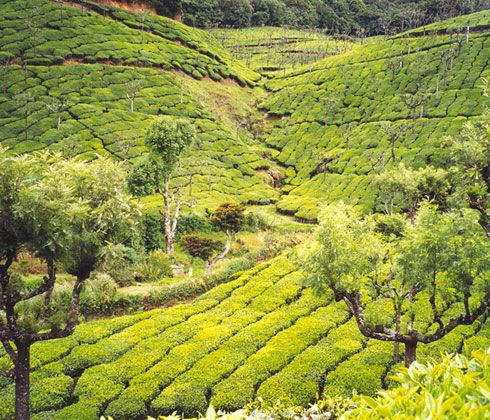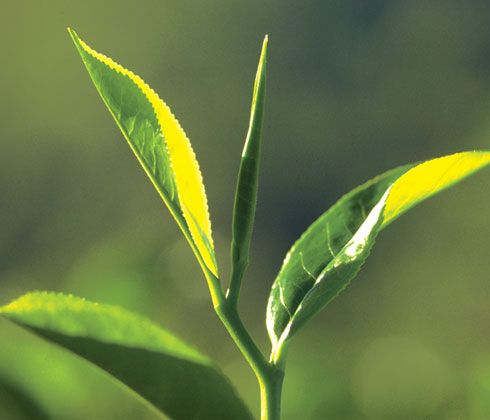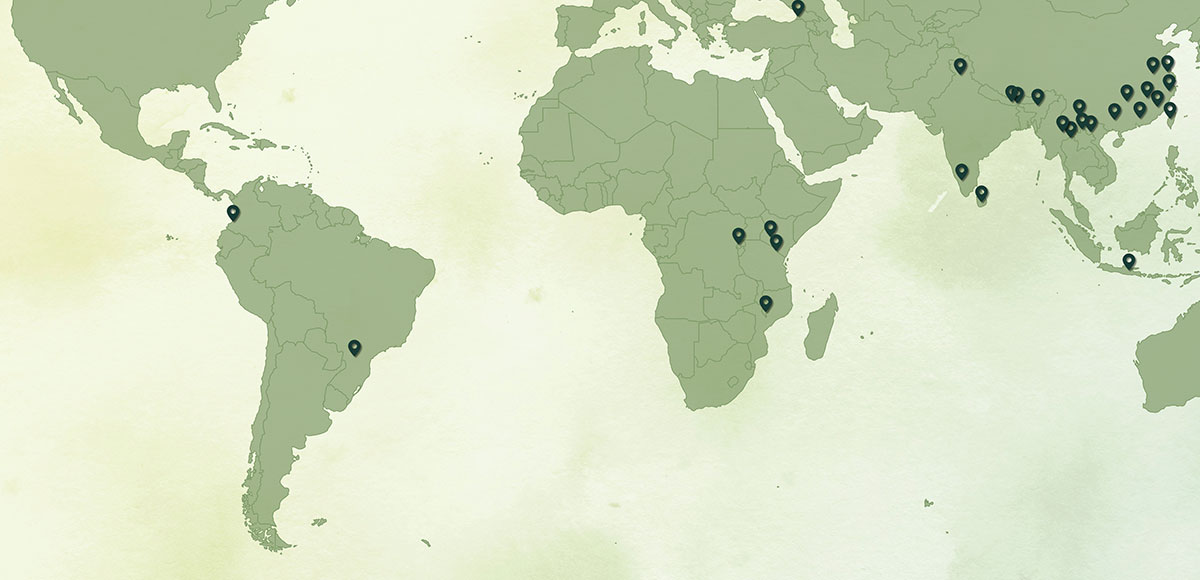Free shipping from $55
Understanding tea
Learn about tea: its history, how it is grown, the plantations and more - there is so much to discover!

The history of tea
It all began in 2737 BCE in China. According to legend, as Emperor Shennong was boiling water under a tree to quench his thirst, a gentle breeze stirred the branches and caused a few leaves to fall into the water. The leaves infused the water with a delicate color and fragrance. The emperor tasted it, enjoyed it, and had more. The tree was a wild tea plant: tea was born.

Tea Plantations
A tea plantation resembles a vast forest of small trees, rarely exceeding 5 feet in height. In the wild, tea trees can grow up to 30 feet tall. When cultivated, they are kept around 4 feet tall through regular pruning, forming what is known as a "picking table," which makes manual harvesting easier and promotes bud growth. Shaped by human hands for at least fifty years, tea trees become true dwarf trees and create unique plantations, combining vast green expanses with miniature forests.
A world of tea : Map of tea-producing countries
Travel in the heart of the most beautiful tea plantations. On each continent, passionate women and men produce rare and unique teas that reveal the diversity of terroirs.
Click on the different points of the map to discover the history of these exceptional lands.
Discover the history of these exceptional lands.

Tea grades
The leaves of green teas and Oolongs are generally left whole and are therefore not graded. The same goes for certain black teas, particularly Chinese, which are sufficiently well-known by name for the quality to be a given. For other black teas, the grade is important as it provides two pieces of information: the skill and delicacy of the harvesting, and the size of the leaf (whole, broken, fannings, dust).

Tea & Health
From its birth in Asia, tea has been considered to be beneficial for health. Polyphenols, which are present in tea, are largely responsible for these benefits.









